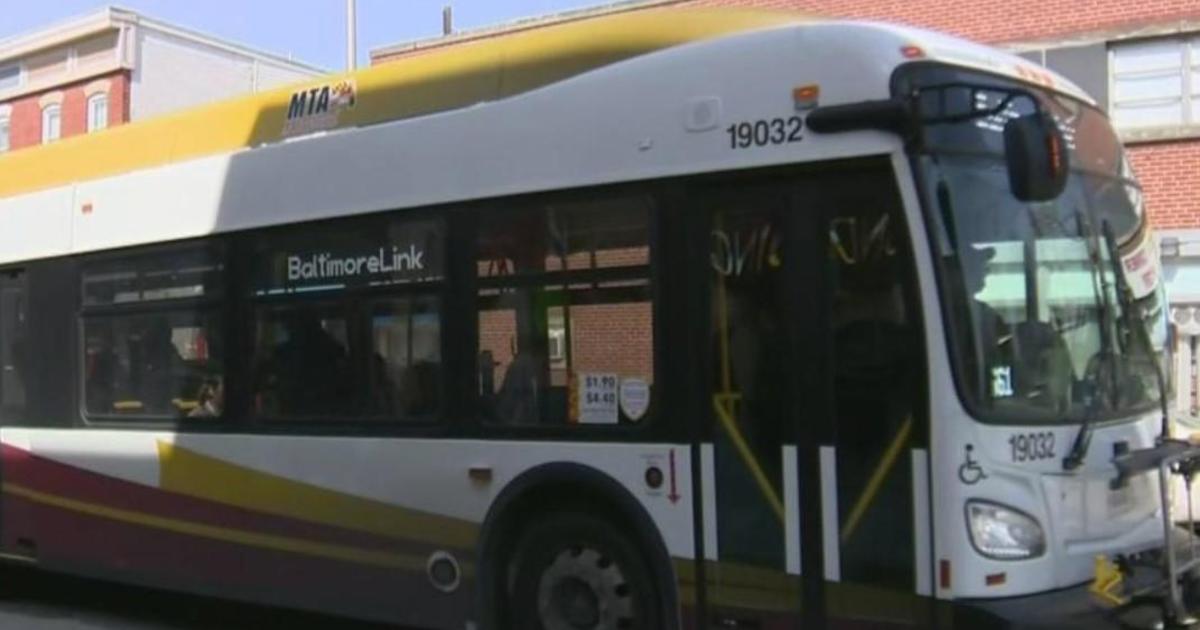Obama Announces New Standards To Double Vehicle MPG By 2025


Will your next vehicle get much better gas mileage than your current one? Ask most car shoppers and it's a priority.
A new mandate formally announced this morning arguably makes it even more likely you'll find one with significantly higher mpg. The Obama administration and U.S. Environmental Protection Agency have come to an agreement with 13 major automakers—as well as the state of California and its Air Resources Board, and the United Auto Workers (UAW)—about fuel economy. The new standard, which will eventually require a 54.5-mpg fleet average (roughly 163 grams of CO2 per mile), will effectively double the average fuel economy of U.S. vehicles by 2025.
Backed by automakers, and a big move against oil dependence
President Obama cited the rising burden of gasoline costs at a time when budgets are tight, and called the new rules "the single most important step we've ever taken in reducing out nation's dependence on foreign oil." He also argued strongly for taking oil and gas subsidies and funneling the funds toward clean-energy research and "a more balanced approach."
According to the Administration, the new rules, which were reached without the need for legislation, will save U.S. families $1.7 trillion in fuel costs and by 2025 save an average of $8,000 per vehicle. And they're estimated to help save 12 billion barrels of oil and save 2.2 million barrels of oil a day by the time they're fully implemented.
There are massive greenhouse-gas reductions, too; the new rules will cut more than six million metric tons of CO2 by 2025—more than the U.S. emitted in total this past year.
The new regulations build their trajectory from existing rules that apply to model years 2012 through 2016, raising fuel efficiency to a 35.5-mpg fleet average by then—increasing the required fleet average by 3.5 percent each year for five years, then five percent per year after that.
Getting automakers and the State of California involved will also help ease worries about that state trying to enact its own more stringent regulations about fuel economy and CO2.
To achieve the gains, it's likely that we won't see automakers relying broadly on any single technological developments or powertrain types; rather they'll be applying a portfolio of strategies like hybrids, plug-ins, pure electric vehicles, and range-extended electric vehicles.
There's a mid-term evaluation built into the program, in which agencies will be able to evaluate how well the national framework is working—and how well automakers are keeping up. Some environmental groups are already calling foul that this could be a launch point for automakers to stall the incremental improvements, as happened in the 1980s and 1990s.
But can Americans afford higher vehicle prices?
While the new rules might save thousands in fuel costs over the life of the vehicle, they introduce one significant concern, however, and that's new vehicle prices. The Center for Automotive Research (CAR) has estimated that it'll cost an average of $6,700 per vehicle, though that includes the higher cost of electric vehicles. Other estimates place the cost in the range of $1,500 to $2,500 per vehicle, with much of that cost going to the lighter materials and more advanced technologies required.
"If car and truck buyers cannot or are not willing to pay for these new vehicles, there will be little to no environmental benefit, serious ramifications for American workers, and a negative impact on the economy," said the National Automobile Dealers Association (NADA), which noted that it is still analyzing how the standard will affect the market.
According to an official White House press release, the 13 automakers represent together more than 90 percent of the vehicles sold in the U.S.

And while a number of automakers released statements supporting the new regulations, several German automakers said otherwise. "The proposal encourages manufacturers and customers to shift toward larger, less efficient vehicles, defeating the goal of reduced greenhouse gas emissions," said Volkswagen Group of America communications chief Tony Cervone, who also remarked that the new rules have no consideration for the impact of clean diesels.
Some other analysts and experts pointed to gains in fuel-efficiency and questioned whether diesels are a better way to accomplish these gains. Diesel car sales are definitely up, several automakers have recently announced plans to offer new diesel models (such as in the 2013 Chevrolet Cruze as well as some 2013 Mazda models. And J.D. Power forecasts that diesels will make up 7.4 percent of the vehicle market by 2017.
After the U.S. cleaned up its passenger-car diesel fuel (by greatly reducing sulfur content) several years ago, many insiders expected the market for diesels to open up rapidly. It hasn't, and some automakers (like Honda and Subaru) have actually reversed plans to put diesels in the mix.
CAFE bell curve yet to be announced
While the EPA has set a trajectory for fuel economy, it hasn't yet set the specifics of how the fleet-average numbers will be calculated. To help level the playing ground for full-line manufacturers who still might want to offer bigger vehicles, pickups, and sports cars, current incentives give automakers a significant boost from vehicles that run on ethanol blends. With those incentives almost certainly going to the wayside, new incentives are expected for more efficient air conditioners, electric vehicles, and perhaps hydrogen fuel-cell vehicles. Automakers would also be allowed to bank CAFE credits that they've earned under the 2010 through 2016 regulations all the way through model-year 2021.

The other issue is that the new regulations are likely to equate even less to real-world fuel efficiency than they do now. An analysis from the Union of Concerned Scientists suggests that we might be paddling backwards in allowing so many credits and incentives—and in counting electric vehicles, like the Nissan Leaf, the way we do. Their calculations find that by 2025, the true average on-the-road fuel economy (when they anticipared a 62-mpg CAFE) would only be about 39 mpg—making the promised 54.5-mpg feel a little bit like vaporware.
This story originally appeared at The Car Connection



